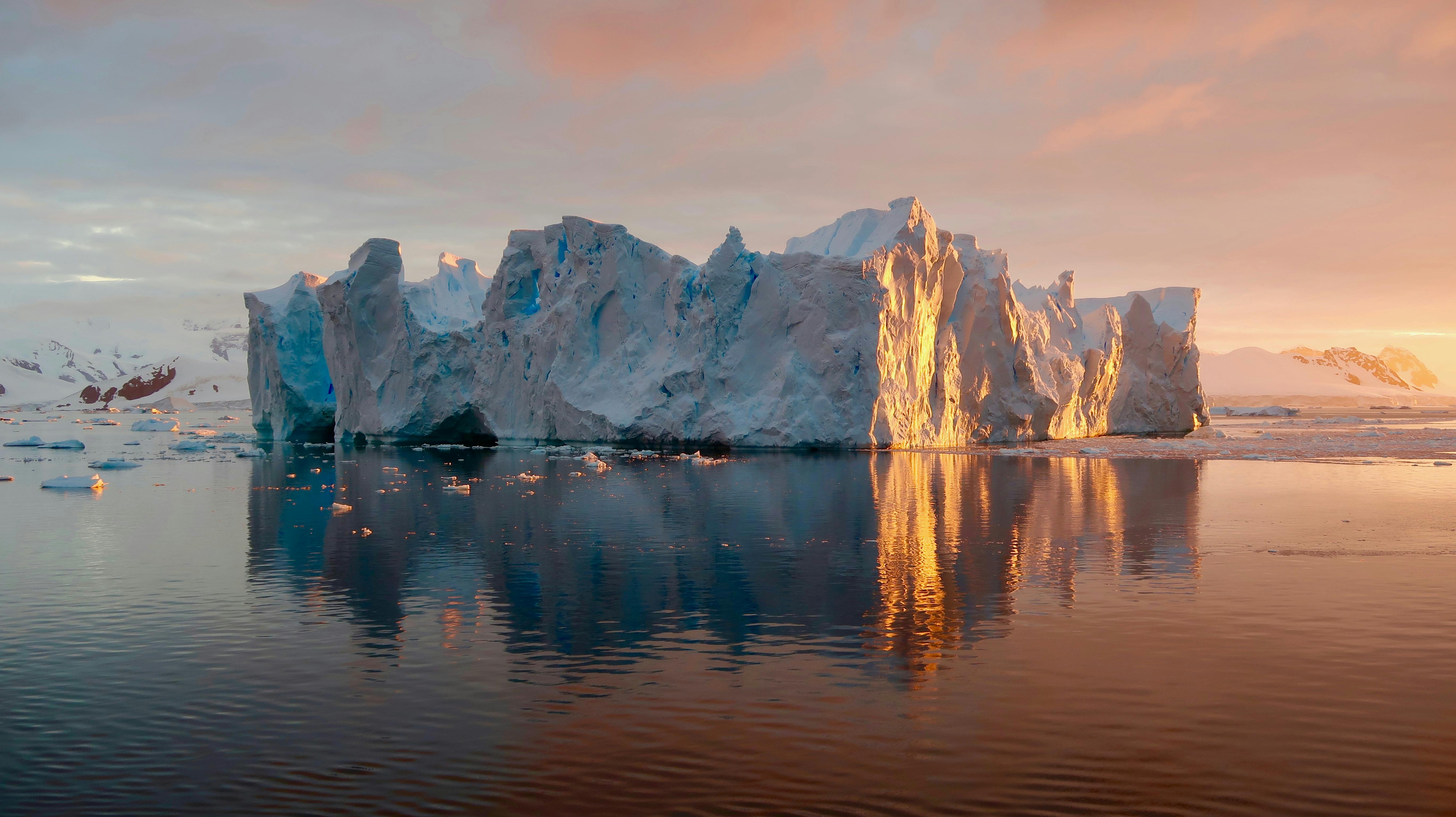The Drake Passage and More: Everything You Need to Know About Visiting Antarctica
Is Antarctica a dream destination for you? If so, this is the kind of bucket list trip that can call loudly to you.
No doubt, you have questions about such a trip to Antarctica, which often involves a voyage through the legendary Drake Passage. We have answers—from what to expect on the trip, how to pack, and more.
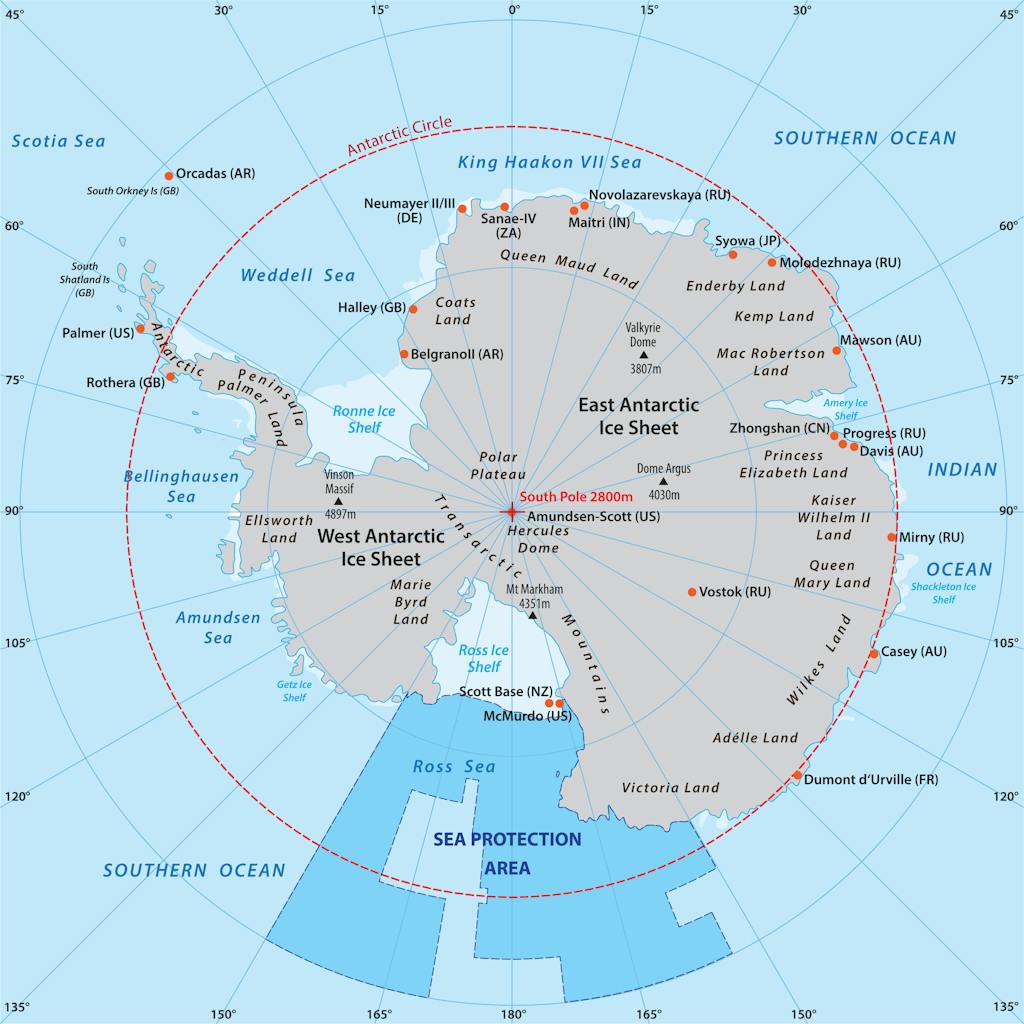
Why Antarctica?
Whether you’re drawn to a deeper education about Antarctica’s importance or its sheer isolation, you will find nothing like the planet’s most remote place.
Antarctica is also the closest most people will ever get to visiting another planet, unless you’ve already booked a ticket on the next SpaceX shuttle. The horizon stretches toward infinity: alien shapes protrude from towers of ice, a vacuum of sound and color. Amid the bright pops of glacial blue, one may suddenly see a leopard seal, a reminder that yes, there is life here.
Antarctica swallows you whole into its alternate reality. This is why most visitors describe the continent as “otherworldly.” It’s hard to believe that this space is occurring on the same planet at the same time as Manhattan.
Read more about Conrad Combrink’s experience in Antarctica.
Getting to Antarctica? You can go by ship or by plane
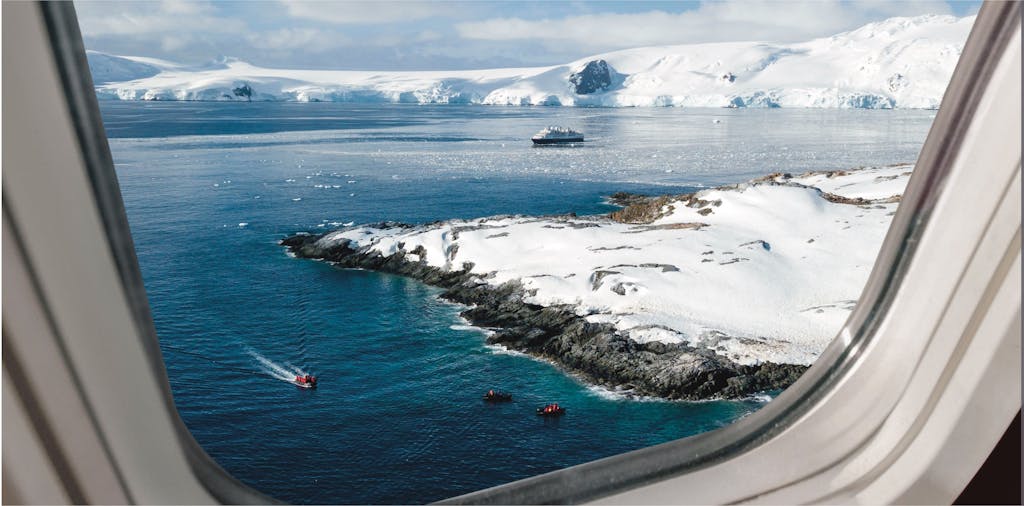
Is it difficult to get to Antarctica? Will I get seasick?
Silversea is an ultra-luxury line, so the trip is easy — especially when you consider the rugged voyages of early explorers such as Roald Amundsen and Robert Falcon Scott, who were in a race in 1911 to reach the South Pole. (Amundsen arrived first.)
Today, accessibility to Antarctica is better than ever, especially on Silversea. For those who want to avoid the sometimes-rough Drake Passage — which takes about 48 hours each way — or for those who have limited time, Silversea offers a fly-cruise program called Antarctica Fly Cruise in which passengers are flown to Antarctica from South America.
If you’re trying to decide which is the better option for you, check out this piecey by Expedition team leader Jamie Watts on crossing the Drake Passage (he is an unabashed fan) and on what it’s really like to fly to Antarctica.
Will it be crowded?
No, it will not be crowded, although between 2019 and 2020, more visitors than ever — 56,000 — touched down in Antarctica.
Still, when you consider the size of this continent — 5.28 million square miles, and about the size of Canada and India combined — if all 56,000 visited at once, that would still be about .001 of a person per square mile . By comparison, the 42-square-mile Disney World in Orlando, Fla., receives an average of 58 million visitors annually. That averages out to 158,904 people per day, and 3,783 people per square mile.
Getting to know Silversea ships that sail to Antarctica
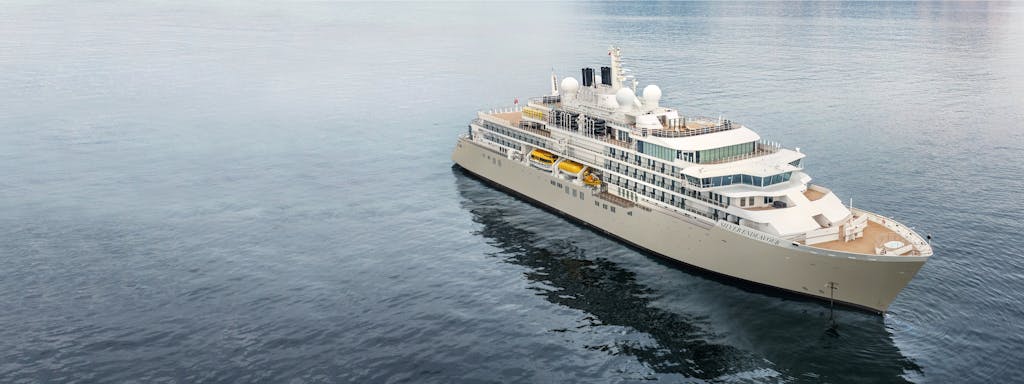
These ships are, in every sense of the word, “ultra-luxury” cruise ships that also are also expedition ships — a category that didn’t exist until Silversea introduced it.
Silver Wind carries 274 guests and 239 crew members, while Silver Cloud holds 254 passengers and carries 212 crew members. Both ships have been redesigned with ice-strengthened hulls to withstand sailing in polar regions. Silver Endeavour, the latest ship to join the Silversea fleet, carries 200 guests and 200 crew members, and was purpose-built for sailing in the polar regions.
Expedition-style ships are equipped with physical attributes that allow the vessels to navigate the waters of Antarctica with less resistance and more stabilization. Silver Endeavour has a PC6 ice-class rating, which means it is rated for “summer and autumn operation in medium first-year ice.”
The importance of Zodiacs
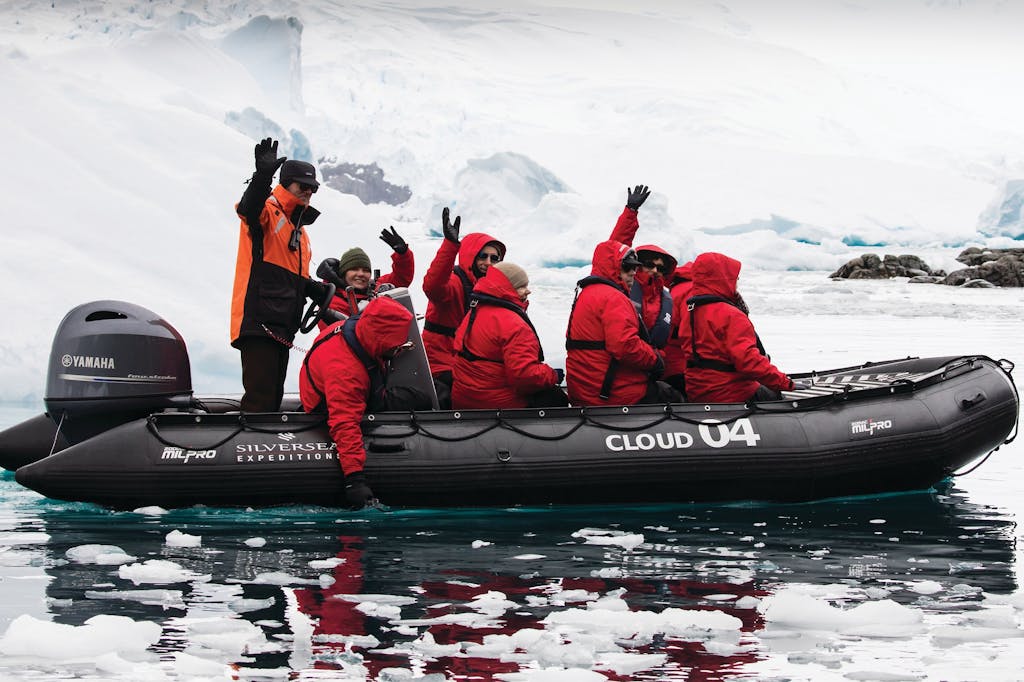
Zodiacs are inflatable, portable boats, often with a rigid hull. From them, passengers can get an up-close view of their surroundings, which is especially important in polar regions that have abundant wildlife and fascinating ice formations. Glaciers, for instance, move and change over the years. And when chunks of ice fall off a glacier, called calving, that’s quite a sight to see. Explore these zodiac tours in Antarctica.
What to expect on an expedition ship
Public spaces on these ships include a dedicated mud room, which allows passengers to gear up or re-acclimate upon reboarding the ship without lugging their heavy gear — and muck — through the ship and back to their suite. Those mudrooms are also important for decontamination, which ensures that guests have not brought back, inadvertently, any seeds or bacteria that might be harmful to wildlife or the environment on future excursions.
Check out the accommodations
Take a look at some of the amenities on Silver Endeavour, which serves Antarctica./Silversea
The accommodations on expedition vessels of yore were sparse, but these days, Silversea has invested heavily in ensuring that guests travel deeply, safely and luxuriously. For starters, Silversea ships sailing to Antarctica feature spacious, plush suites, each with a butler. You’ll also enjoy a full-service spa, fitness center and, on Silver Endeavour, an enclosed pool and deck.
Pro tips on packing and preparing for the weather
Antarctica is a triple threat of weather conditions: It is the coldest, windiest and driest continent on Earth. These harsh elements contribute to what makes the continent largely uninhabitable by humans, but it’s safe to visit with the appropriate apparel.
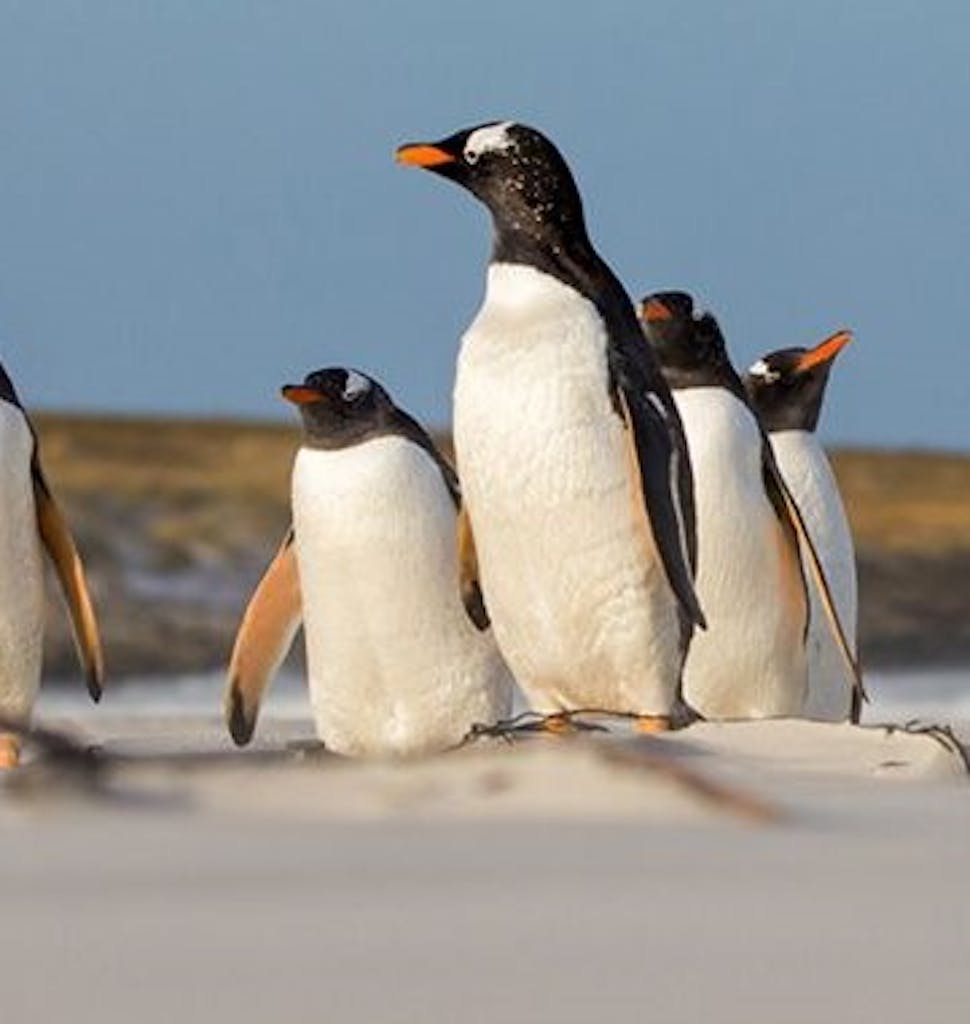
The average annual temperature off the coast is 14 degrees Fahrenheit but can reach temperatures of more than 50 degrees F. Your expedition generally will be timed between November and March, or austral summer, so that you’ll encounter milder temperatures and conditions that allow your ship to maneuver without encountering giant chunks of ice.
What should my packing list include?
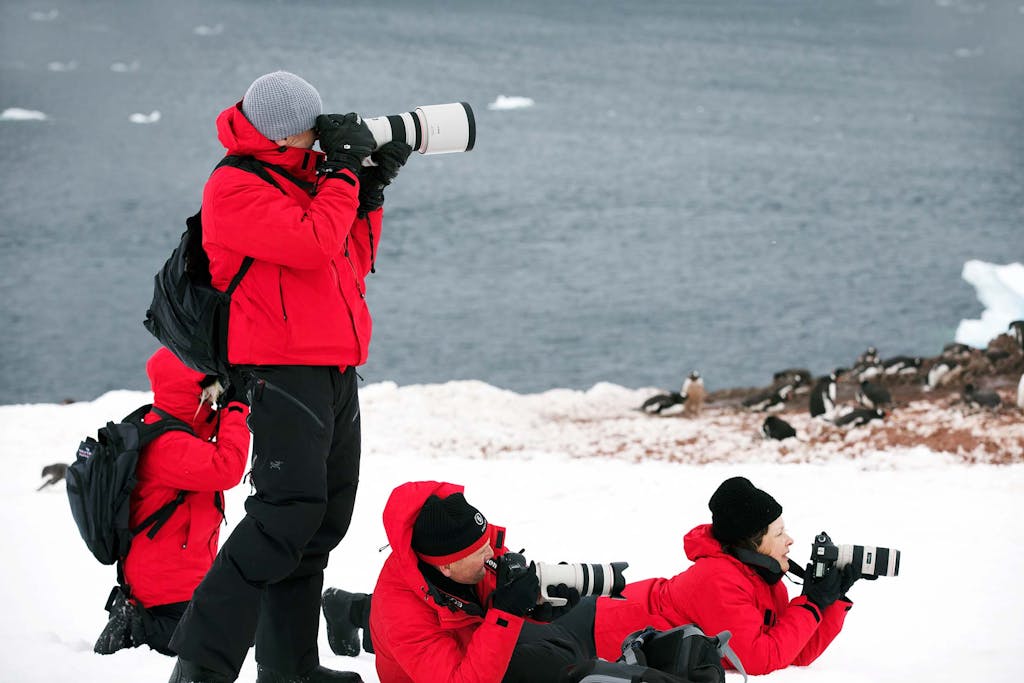
A cruise to Antarctica is more focused on the destination than anywhere you might have been before, so you can leave your extra-dressy things at home. The expectation for daytime apparel onboard is casual and, depending on the activity that day, passengers will be dressed for function over fashion.
Pack for comfort, including practical items such as wool socks and layers such as long underwear and fleece pullovers. Check with outdoor stores that can advise you on Antarctic clothing and which fabrics will serve you well as you layer.
During the evening, most guests transition to an elegant casual look after 6 p.m. for a meal in one of the restaurants or a drink at the bar. Formal gowns and suits are not required; guests tend to opt for khakis and a button-up shirt, a simple dress or dressier blouses and pants.
Guests will be provided with some of bulky outwear items that are not only tough to pack but are specifically designed to withstand the sun, wind and other elements of Antarctica. Mud boots are sized and provided to each guest for use ashore, as well as a custom parka, which is also a gift to take home as a memento. Don’t forget your own gloves and a warm hat, plus some binoculars for extra-close viewing. Also, consider these tips for the best photography equipment for Antarctica.
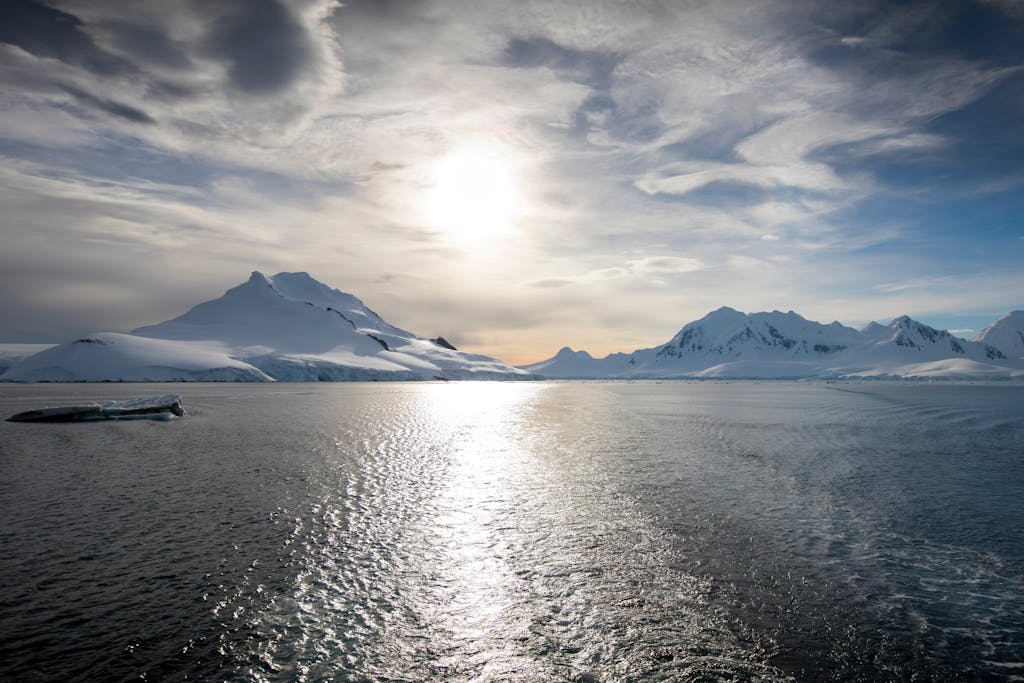
Sun protection is key on this reflective continent, so a high-SPF sunscreen, lip balm and polarized sunglasses are essential. It’s a good idea to pack a sleep mask, too, because you’ll be there in austral summer, when the sun barely sets. Check these tips for Arctic and Antarctic sleep. Keep in mind that you’ll get a packing list from Silversea before departure.
Are there medical restrictions?
It’s primarily up to the guests to determine whether any medical conditions will prevent them from participating in an expedition cruise like Antarctica. It is not recommended for pregnant women beyond their 24th week of pregnancy to travel aboard a cruise ship.
For safety reasons, all guests traveling to Antarctica with Silversea (and nearly any company) are required to complete a medical questionnaire before boarding. This ensures that the ship and its staff can accommodate any special needs.
Before sailing, Silversea requests written notification of a special medical condition, such as an oxygen machine. The form can be e-mailed or sent to your physical address. Guests must bring their own wheelchairs; it’s important to note that limited mobility hampers the ability to participate in shore excursions on an expedition cruise.
Guests are also asked to bring a sufficient supply of any prescription medications. A few extra days’ worth of meds is never a bad idea in case of an unforeseen delay. You can read more about medical considerations.
Silversea expedition crew is trained to handle medical situations, but if there is a medical emergency for which a passenger needs treatment beyond the ship’s doctor, that person likely would be airlifted to a hospital in South America. Anyone thinking about booking a cruise in Antarctica should buy travel insurance that covers cost of a medical evacuation.
Top wildlife sightings in Antarctica
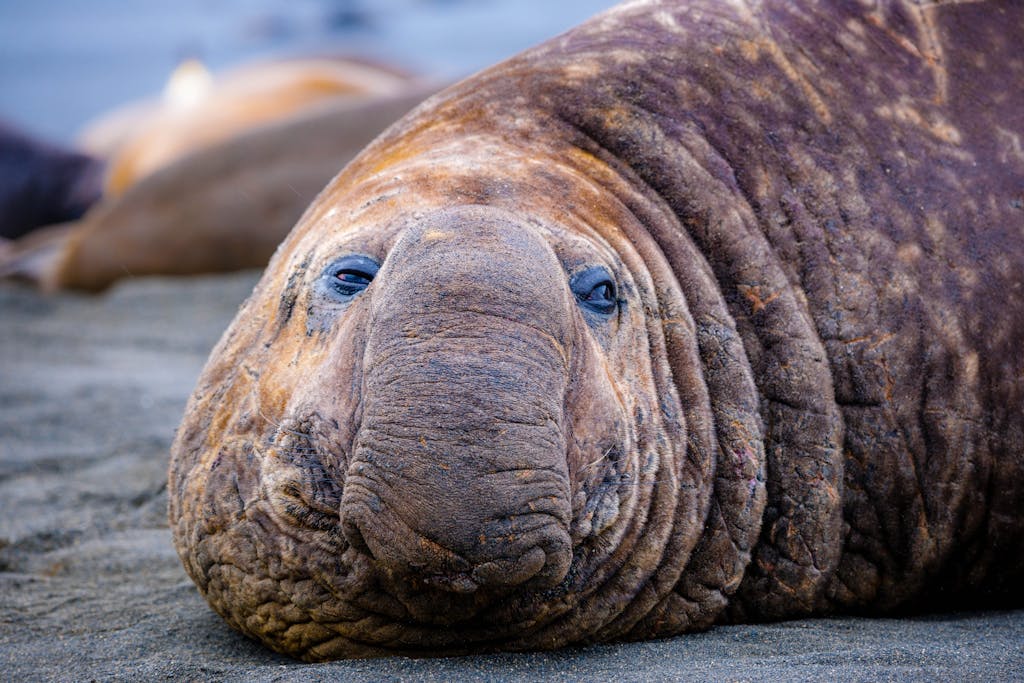
The inhabitants of Antarctica are surprisingly abundant for such an otherwise quiet continent, and guests to the destination can expect to spot wildlife on land and at sea. At least seven species of whale have been detected surrounding Antarctica, including orcas (aka killer whales), humpbacks and minke whales. You may or may not see them, depending on when you go.
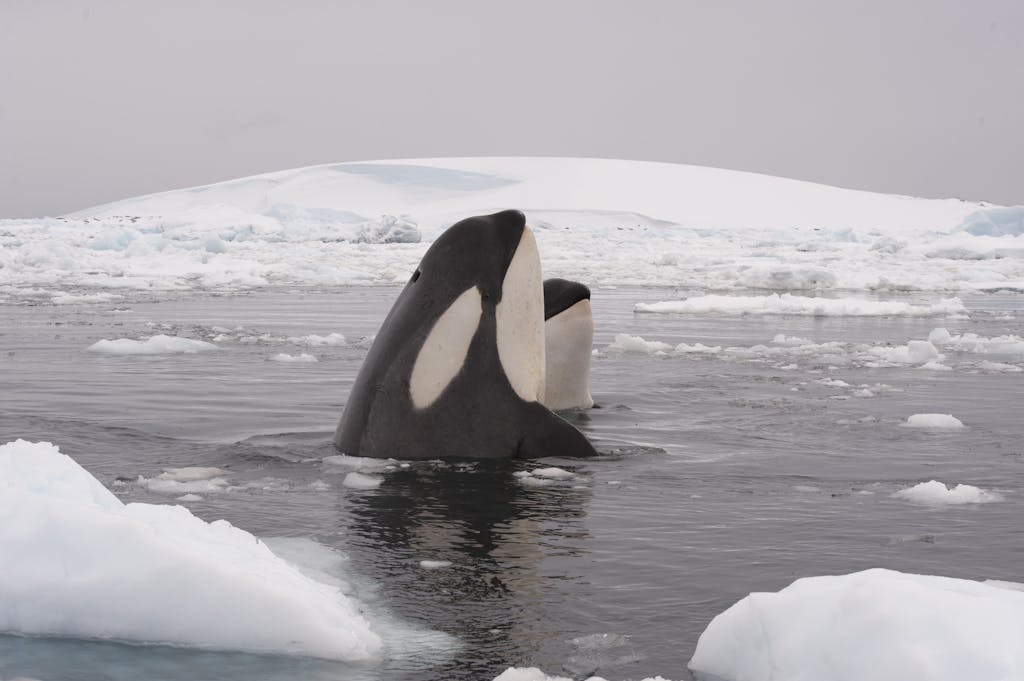
In the waters around your ship, you may also spot various species of seals, including the enormous elephant seals. When guests land near a seal colony, it’s said the sights and smells are equally unforgettable.
You also may spot leopard seals, whose coats inspired their name. Their main food is penguins: despite their fierce reputation, they generally are not a threat to humans.

Penguins, meanwhile, are a reliable welcome party for visitors, including the royally dubbed King and Emperor penguins, rockhoppers, chinstrap, macaroni, Gentoo and Adelie penguins.
King penguins are the easiest to spot. They have long bills and orange and yellow feathers around their head and neck. Perhaps the best-known penguins (you may recall them from the documentary March of the Penguins) are Emperor penguins, the largest penguins on Earth. They can weigh up to 100 pounds and look like tottering tuxedo-clad waiters.
Magellanic penguins are found in Antarctica as well as the Falkland Islands, which some itineraries also visit. These penguins sleep in burrows, showcasing just one of the many differences in how penguin species live, mate and even care for their eggs. King penguins, by contrast, generally don’t have a nest, instead carrying their unborn chick egg on their feet.
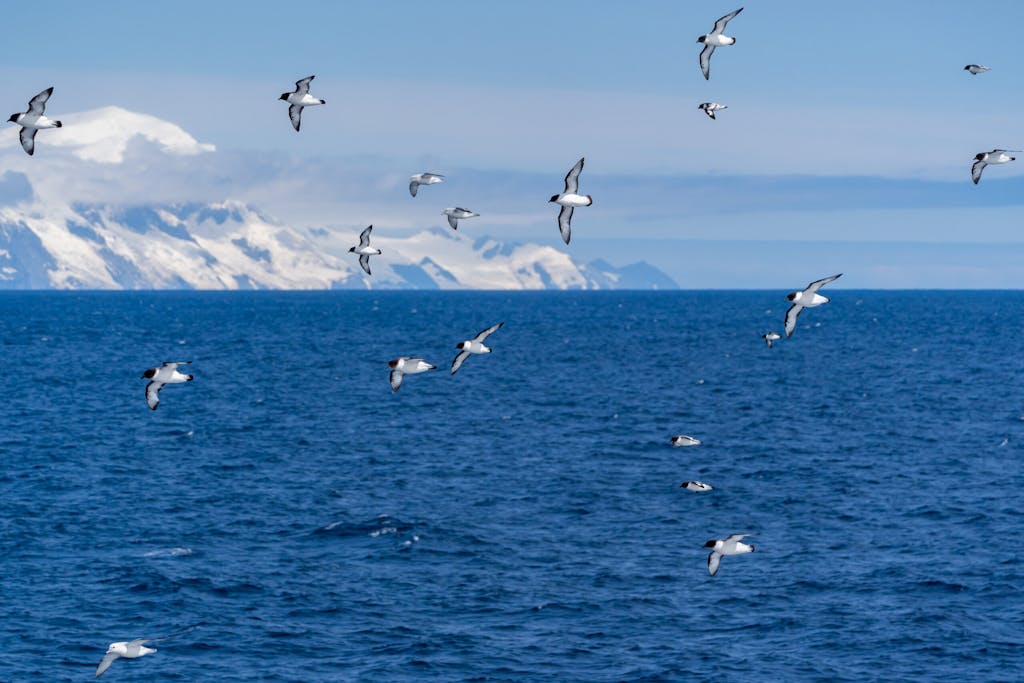
You’re likely to see albatrosses of several kinds, including the southern royal and the light-mantled — all able to glide for long stretches thanks to their narrow long wings. You may also see petrels, which have prominent beaks, and the South Polar skua.
Is there plant life in Antarctica?
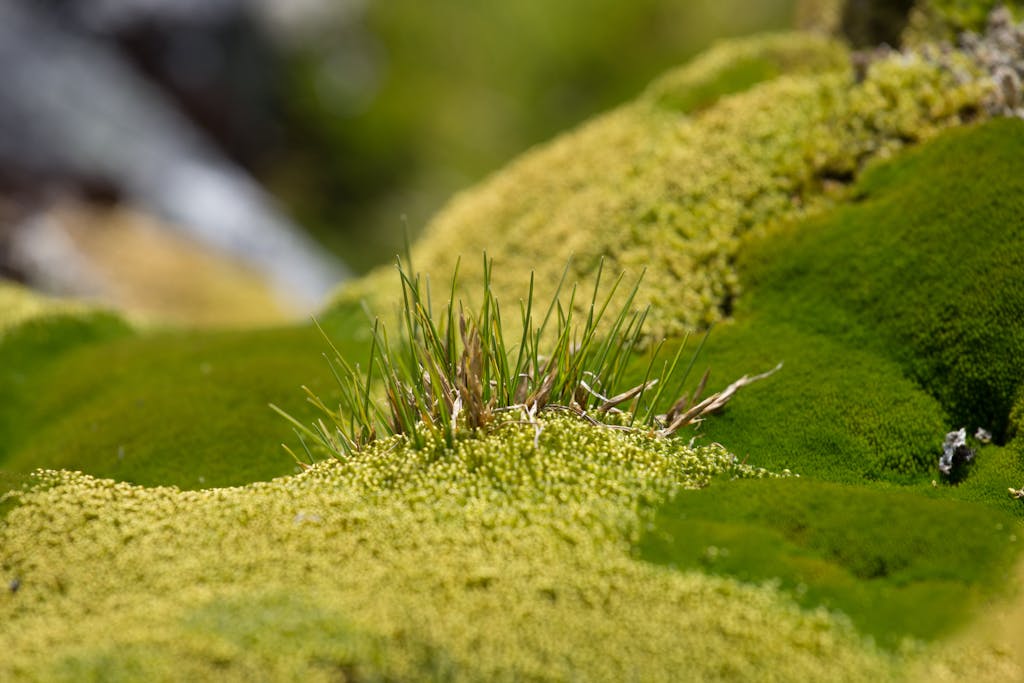
Although there is plant life in Antarctica — about 800 species — nearly half that is made up of lichens. (Think algae, moss and fungus.) Antarctica isn’t the most welcoming environment for plant life in part because it is so dry and cold, and also because, in the winter months, there is little to no natural light.
The Antarctic hair moss and the Antarctic pearlwort are said to be the only blooming plants. There are no trees or shrubs.
More natural sights of Antarctica?
You’re likely to see the sun for more hours a day than you would during the corresponding season in the Northern Hemisphere. Because the seasons are reversed and because many journeys occur during what would ordinarily be shorter days in the Northern Hemisphere, sunlight should be abundant in Antarctica, absent bad weather.
You may see a glacier calve — the process of ice breaking off that produces a loud and unusual sound. Against the stark backdrop of the scenic inlet, witnessing a glacier calve makes for a special Antarctic memory.

You might see the circle of life in action. Leopard seals feed on penguins and some other warm-blooded mammals.
Read more about what landscapes and places you can see in Antarctica:
- Visiting Port Lockroy
- Seeing the Pico Iyer Colors of Antarctica
- Cruising the Errera Channel
- The South Georgia Island
Antarctica’s history includes bravery, intrigue and heroism
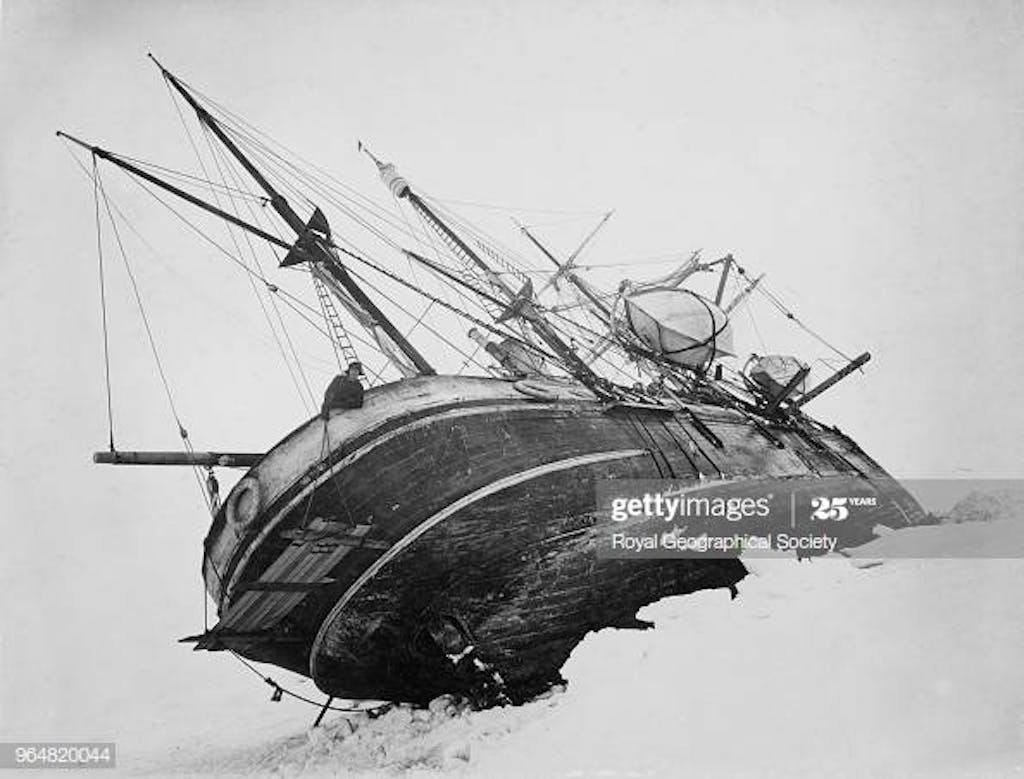
An unusual history of research and human exploration precedes today’s pleasure cruises to Antarctica. Along with astounding examples of the perseverance of animal species, visitors might also witness monuments to the brave men who forged routes to the continent in previous centuries, including Ernest Shackleton.
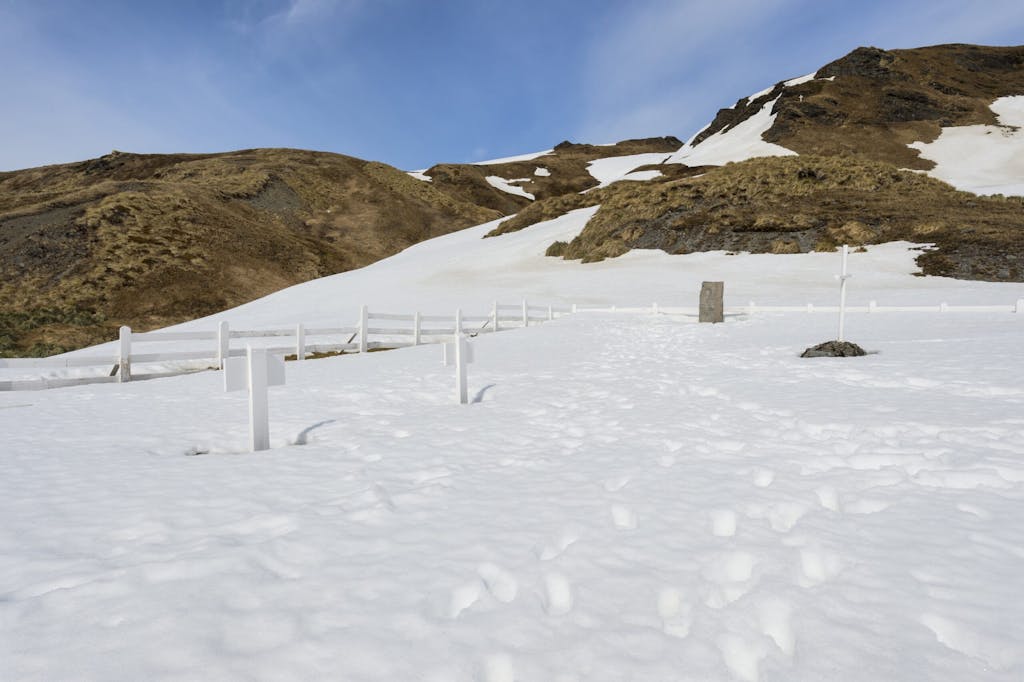
Shackleton rescued all members of his expedition crew after their ship, Endurance, became trapped in the ice. He later died of natural causes and is buried on the island of South Georgia, visited on some itineraries.
Great reads before your trip to Antarctica?
There’s no shortage of expedition books to read. Among the tomes often recommended:
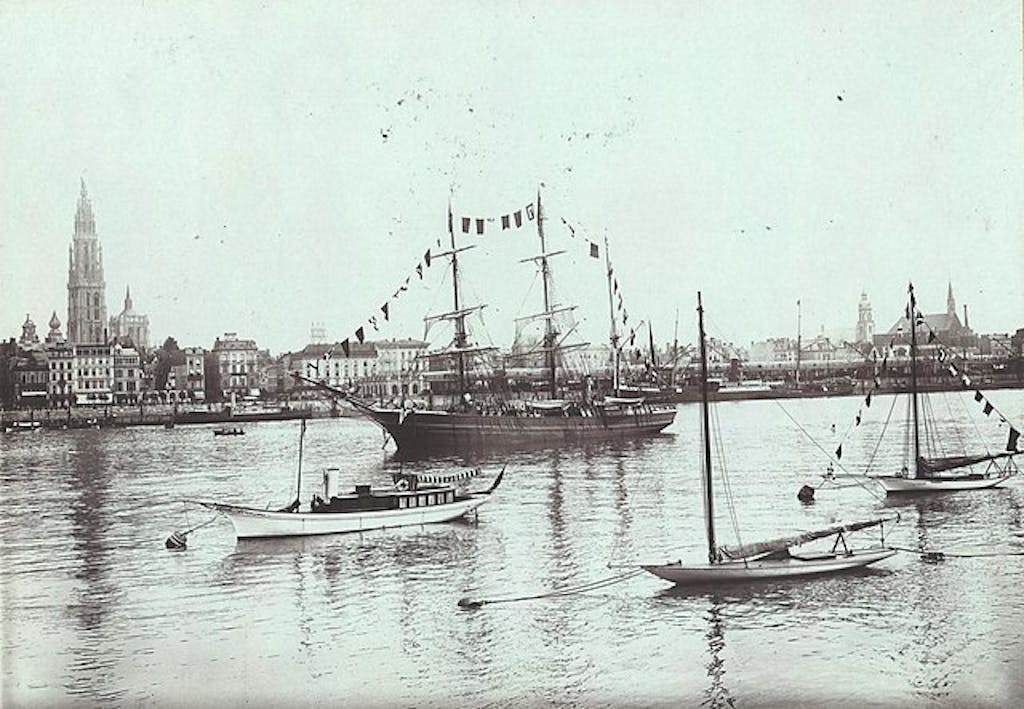
Madhouse at the End of the Earth: The Belgica’s Journey into the Dark Antarctic Night, by Julian Sancton, which the New York Times has called “exquisitely researched and deeply engrossing.”
Endurance, by Alfred Lansing, which details Shackleton’s harrowing journey on the ship Endurance, which the crew miraculously survived. To know the meaning of perseverance, read about Shackleton and crew, who sailed as much as 800 miles in a whale boat to get help for the men who stayed behind. All were rescued and survived.
The bookend to that 1959 tome is the 2022 news coverage about the rediscovery of the Endurance 106 years later, including the New York Times coverage, complete with stirring photos and videos.
The Worst Journey in the World, by Apsley Cherry-Garrad, about the 1910-1913 expedition on the Terra Nova, led by Robert Falcon Scott. Some crew members survived. Scott, a naval captain, did not.

Terra Incognita, by Sara Wheeler, who spent seven months in Antarctica. Publisher’s Weekly wrote, “Her wry, lucid account of that journey juxtaposes the epic exploits of heroic early Antarctic explorers.”
Silversea writers also offer practical and absorbing pieces not to be missed: Pico Iyer‘s “Throw Out Every Expectation: Novelist Pico Iyer on the Marvels of a Cruise to Antarctica” and Veronica Stoddart’s tips for an Antarctica Bound. Also, see what Pico Iyer said about cruises to Antarctica.
While you’re on your journey, don’t miss the evening briefings aboard ship. The Silversea expedition team is an invaluable resource for information and insight.
The dangers facing Antarctica
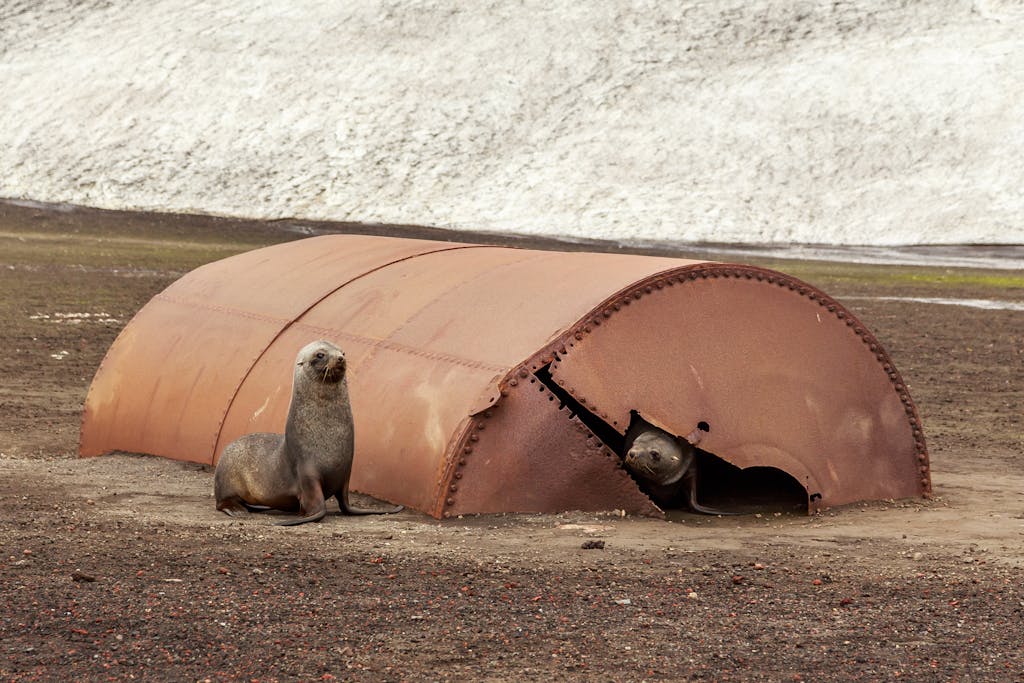
The biggest threat, most scientists agree, is global warming. The Antarctic ice sheet contains most of the world’s fresh water; some figures places this as high as 80 percent. Thus if melting occurs and the seas rise, as is happening now, the effects will be devastating. The alarm was sounded again recently in a publication of Nature Climate Change, which explained that such melting in the Arctic may increase ocean levels by as much as 10 inches by 2100, maybe even earlier. Any place touched by water may feel the effects.
Other dangers consist of human encroachment on Antarctica and cross-contamination from outside species.
The passenger ships that sail to Antarctica are closely monitored to ensure they minimize interference with the ecosystem. Larger cruise ships are allowed in the surrounding waters, but only ships carrying less than 500 passengers are cleared to make landings, meaning guests can step foot on land.
Travel to this vulnerable region is protected by such organizations as the International Association of Antarctica Tour Operators (IAATO), which, for more than 30 years, has monitored tourism for environmental safety and responsibility. Above all, sustainable methods of travel are vital to Antarctica’s ecosystem and its wild inhabitants, which are being affected by climate change. The sheet of ice that covers Earth’s fifth-largest land mass also accounts for 90 percent of its ice.
Ready to experience the Drake Passage and Antarctica yourself? Check out these cruises to Antarctica and learn these 7 tips for capturing the Antarctica landscape.
